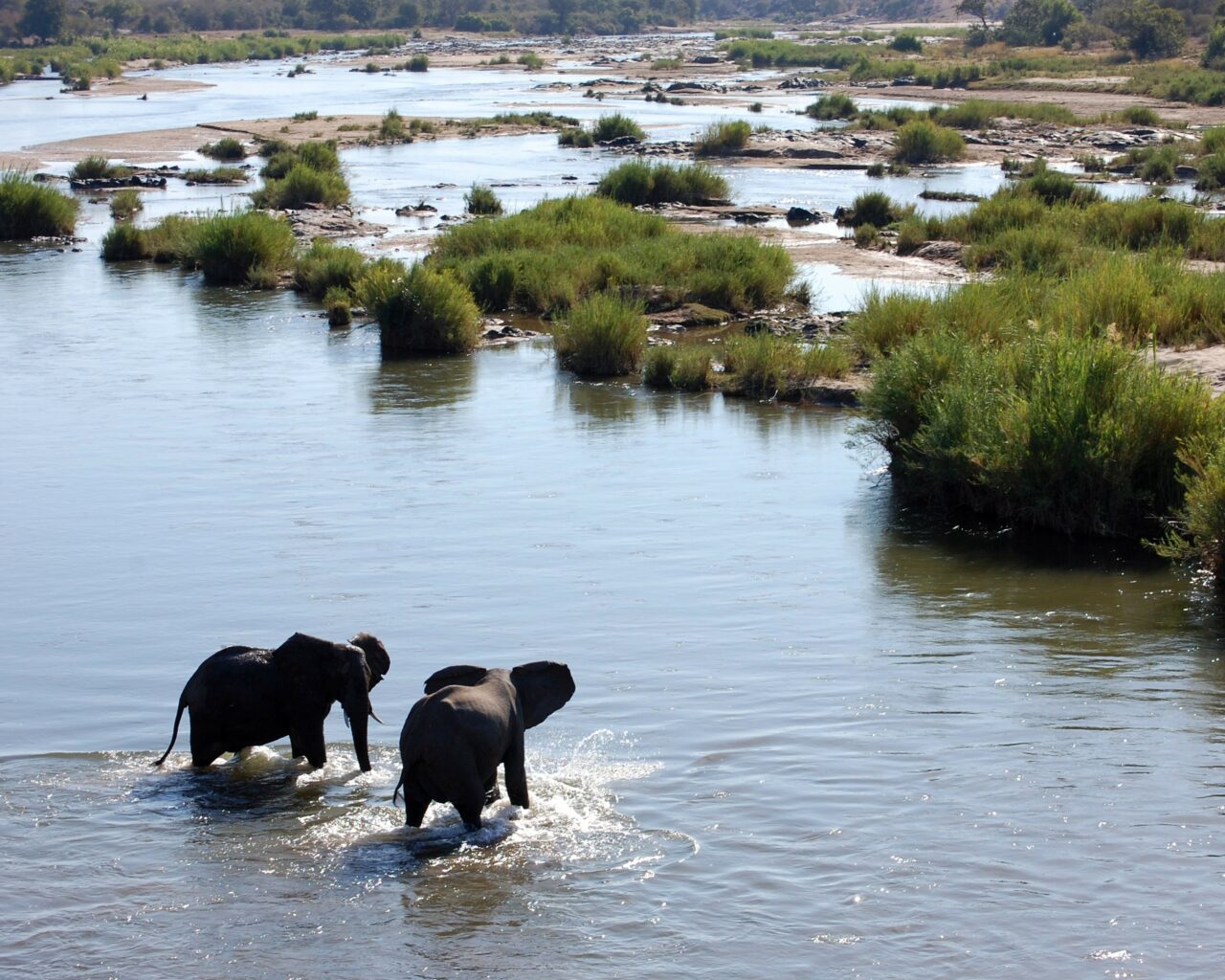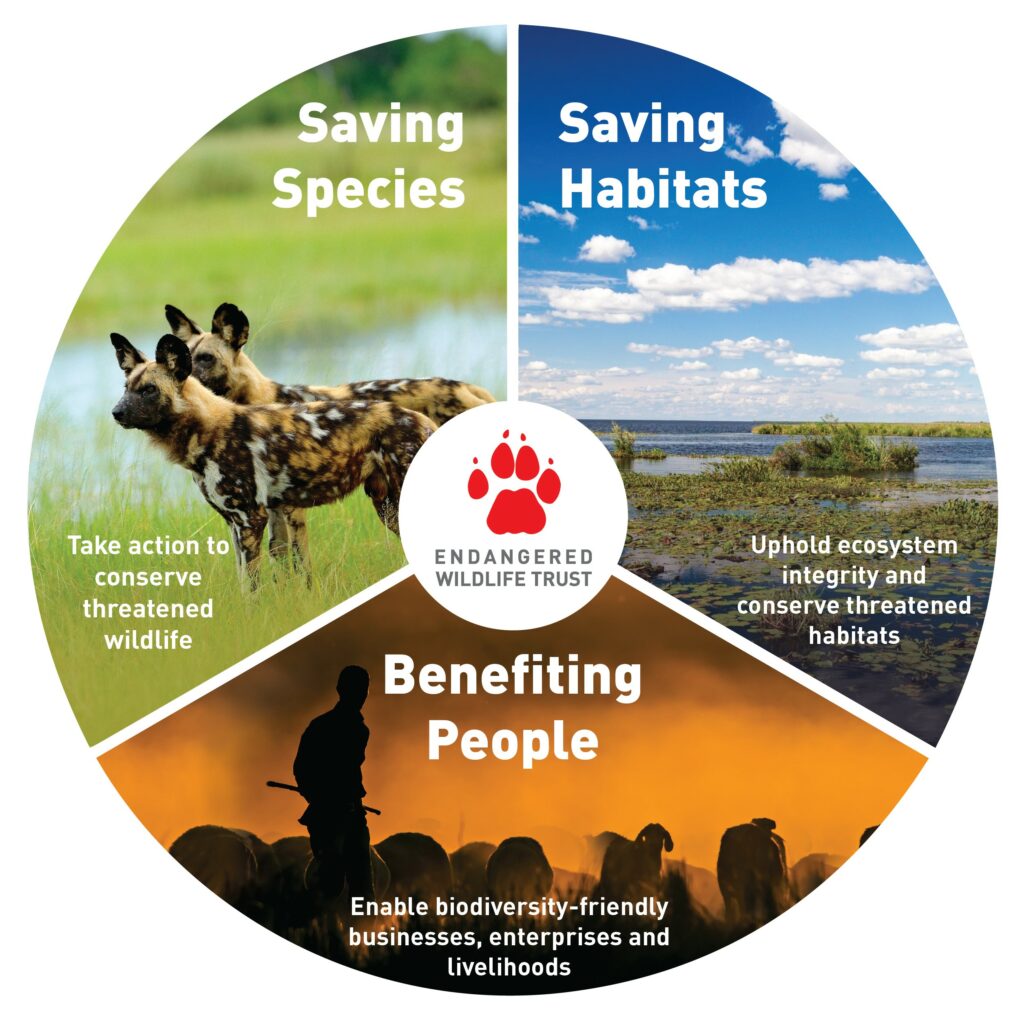PROACTIVE CONSERVATION IN AN ERA OF DAMAGE CONTROL

Dr Ian Little, EWT Senior Manager: Habitats
[email protected]
We are certainly living in unusual and unprecedented times. People all over the world are rethinking their lives, their routines, and their values as a result of the current global COVID-19 pandemic. This is no different for conservationists, but it is not limited to the impacts of COVID-19. Even without the devastating impacts of this pandemic, the Earth is going through a dramatic and unprecedented crisis. Competition for resources to support the increasing human population in the concurrent fourth industrial revolution, and the unpredictable impacts of climate change make this a critical time for the conservation of threatened species, threatened ecosystems, and the resources which are the foundation for our very existence.
Many conservationists, young and old, have reached a point of questioning their roles, and potentially even “shifting from prevention to damage control”. While this is a sobering and frightening concept, it is real and we need to all realise that our natural heritage and for us Africans, our natural identity, is at serious risk. A large proportion of our conservation work today is focused on damage control and we are doing this on an absolute shoestring. The only thing limiting the amount of work and impact that we could have is the resources to do it, there is no lack of dedication, passion, or commitment. The financial resources afforded to the conservation sector allow us to barely scratch the surface of the conservation challenges we face. At the EWT we use what resources we have to tackle three key strategic imperatives: saving species, saving habitats, and benefiting people. In most instances, we achieve the third imperative through the targeted protection of the natural resources most needed by people. We are working hard to proactively secure large parts of Africa’s intact and threatened habitats for the benefit of the species and the people that they support. In many instances, these are priority catchment areas, critical for the protection of freshwater, without which people will suffer tremendously. Recent droughts provide a stark reminder of how important protecting our natural water factories is, but typically humans tend to forget this as soon the climate cycle reverts back to a wet period. If the transformation and degradation of our water catchments continues unabated, and climate change increases the intensity of droughts and floods, we will be in serious trouble when future drought cycles hit us.

The EWT feels strongly that protecting remaining intact wilderness areas, as well as strategic agricultural areas, is a critical and urgent objective at this stage in the Earth’s battle to maintain a balance of life. To ensure that we reduce these impacts, the EWT, , has managed to formally secure more than 5,100 hectares of Nature Reserves and over 100,000 hectares of Protected Environments in priority areas over the last five years. These strategically selected protected areas secure threatened habitats, threatened species and critical ecosystem services. They fall within the nationally identified Strategic Water and Groundwater Source Areas and contribute to the National Protected Area Expansion Strategy. We are also in the process of securing a further 45,000 hectares of Nature Reserve and 96,000 hectares of Protected Environment, in a number of new potential sites that we are exploring. As it stands, we are looking at potentially securing at least 250,000 hectares of intact natural habitat over the next five years through formal agreements. All of this is enabled by our loyal and forward-thinking donors.
Linked to this, it is imperative that development is implemented in a responsible and sustainable manner. Developers often submit development applications in highly sensitive areas, which would have lasting and usually permanent impacts on wildlife and the ecosystem services that support local people and downstream urban centres. The Environmental Impact Assessment (EIA) process is intended to assess and guide these developments in order to avoid, reduce, rehabilitate and/or offset these impacts according the mitigation hierarchy. The EWT is driving a project to improve the EIA process and associated legislation. Under this project, supported by Rand Merchant Bank, we are developing species distribution models for all of South Africa’s threatened and endemic wildlife to feed into the scoping phase of EIAs and ultimately avoid any sensitive species being overlooked. We are also developing a number of key guidelines to inform the process and decision making.
In conclusion, the dedicated staff at the EWT would like to thank all our donors for their ongoing support. We would like to encourage our people to be aware of and participate in the protection and appreciation of our natural assets. We live in a beautiful country with iconic wildlife and amazing landscapes. People from all over the world travel vast distances to visit what we have to offer, and this not only defines us but also underpins our economy. After weeks of being forced to stay at home, we hope that the South African people will emerge from the lockdown with a heightened appreciation for our vast and beautiful wilderness areas. We urge you to go and enjoy our landscapes and amazing wildlife. Whilst international travel is going to take a while to recover, it provides an opportunity for us to enjoy what we have. Data from other countries has proven that domestic travel is more resilient to shocks like economic collapse, terrorism and pandemics, and domestic travel in China, the USA and many European countries is already showing a resurgence from local tourists. We expect the same here. So, plan to get out there, go and rejuvenate your spirit, support our struggling tourism sector, and most of all appreciate what it is that makes South Africa so unique and incredibly beautiful.

